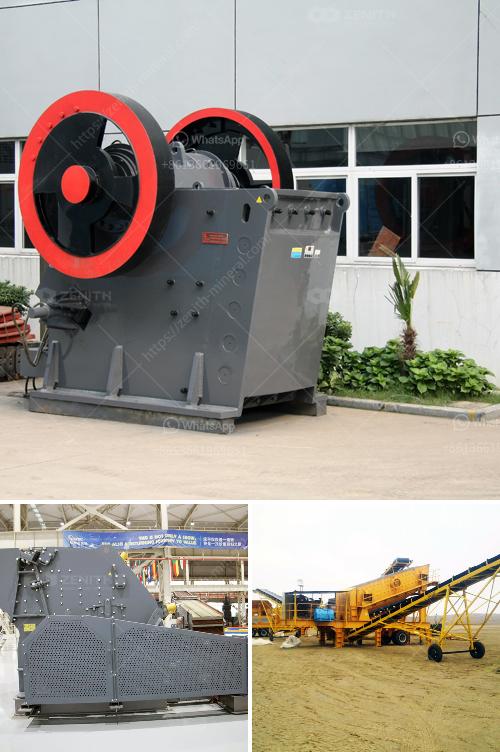Clinker grinding is a critical step in the cement manufacturing process, converting raw clinker into a fine powder. This powder is then blended with additives to form cement. While the specific configuration of the grinding arrangement can vary depending on the plant's design, the general steps involved in a clinker grinding process in a crushing plant are:
Clinker Storage and Handling: After being cooled, clinker is usually stored in a silo or a covered area. From there, it's transported to the grinding mills through conveyors or other material handling systems.
Pre-Grinding/Crushing: Some plants may use a pre-crusher to reduce the size of the clinker, making it easier to grind. This can involve roller crushers, hammer crushers, or other types of grinding equipment.
Grinding: The core of the clinker grinding process is the grinding of clinker with gypsum and optionally other additives in a grinding mill. Common types of grinding mills include:
Additives Blending: Typically, gypsum is added to control the setting time of the cement, and other additives may be added for additional properties (such as pozzolans, fly ash, slag). Grinding and blending occur simultaneously within the mill.
Separation and Classification: The ground material is then classified through cyclones or separators to ensure the required fineness is achieved. The fine particles are carried by air to the storage silos, while the coarse particles are returned to the mill for re-grinding.
Dust Collection: Throughout the grinding process, systems are in place to collect dust and prevent air pollution. Bag filters and electrostatic precipitators are commonly used to capture dust particles.
Storage of Cement: Once grinding is complete and the cement has the desired properties, it is stored in silos before packaging or dispatch.
Quality Control: Consistent quality is crucial, so various samples of the final product are tested to ensure they meet specified standards.
Efficient clinker grinding helps achieve the desired fineness, increases production rates, and improves the quality and performance of the cement produced.

